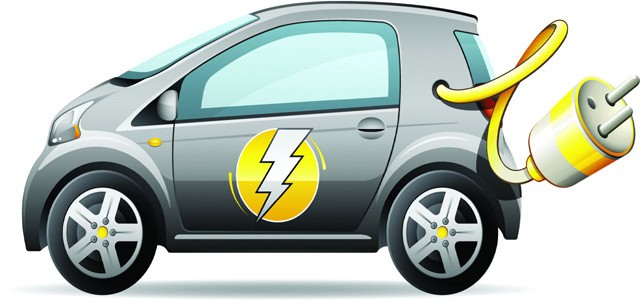New York: A team of researchers in the US has developed a new inverter that — despite being smaller and lighter — improves the fuel-efficiency and range of hybrid and electric vehicles.
Electric and hybrid vehicles rely on inverter components, which are made of the semiconductor material silicon, to ensure that enough electricity is conveyed from the battery to the motor during vehicle operation.
Now researchers at the Future Renewable Electric Energy Distribution and Management (FREEDM) Systems Centre at North Carolina State University have developed an inverter using components made of the wide-bandgap semiconductor material silicon carbide (SiC).
“Our silicon carbide prototype inverter can transfer 99 per cent of energy to the motor, which is about two per cent higher than the best silicon-based inverters under normal conditions,” said Iqbal Husain, ABB Distinguished Professor of Electrical and Computer Engineering.
The new SiC-based inverter is able to convey 12.1 kilowatts of power per liter (kW/L) — close to the US Department of Energy’s goal of developing inverters that can achieve 13.4 kW/L by 2020. By way of comparison, a 2010 electric vehicle could achieve only 4.1 kW/L.
“Conventional, silicon-based inverters have likely improved since 2010 but they are still nowhere near 12.1 kW/L,” Husain noted in a statement provided by the university.
According to the researchers, they can make an air-cooled inverter up to 35 kW using the new module, for use in motorcycles, hybrid vehicles and scooters.
“The silicon carbide inverters can be smaller and lighter than their silicon counterparts, further improving the range of electric vehicles. And new advances we have made in inverter components should allow us to make the inverters even smaller still,” added Husain, who is also the director of the FREEDM Centre.
The current SiC inverter prototype was designed to go up to 55 kW — the sort of power you would see in a hybrid vehicle.
The researchers are now in the process of scaling it up to 100 kW — akin to what would see in a fully electric vehicle — using off-the-shelf components, the research paper, to be presented at the IEEE Energy Conversion Congress and Exposition (ECCE), being held from September 18-22 in Milwaukee, US said.
IANS

